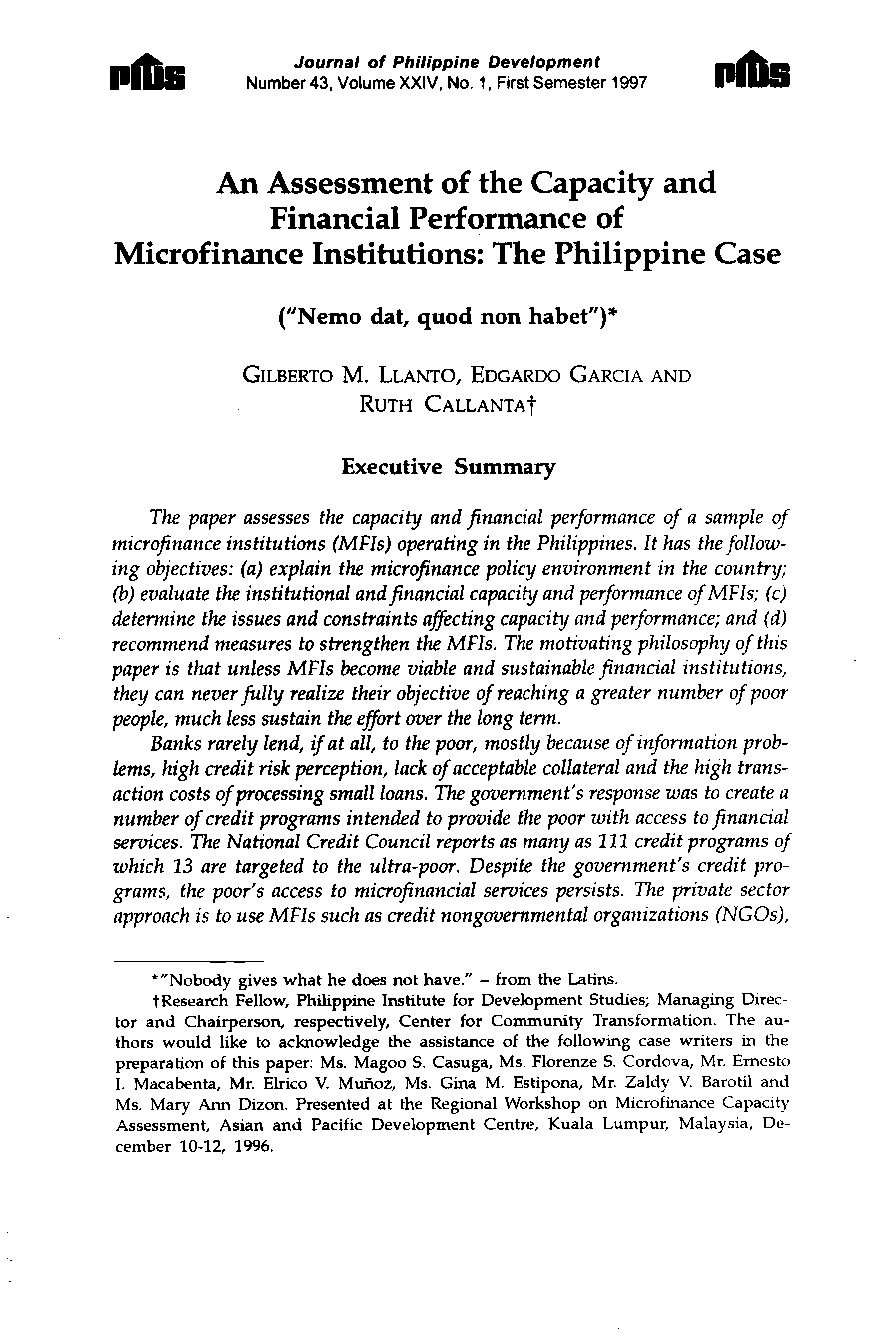Abstract
This issue examines key economic policies shaping the Philippine financial and trade landscape, with a focus on microfinance accessibility, tariff reforms, foreign direct investment (FDI), and food security. One study evaluates the microfinance policy environment, highlighting institutional and financial constraints that limit access to microfinancial services for poor households. It also identifies four critical areas for strengthening microfinance institutions (MFIs) to achieve self-sustainability. Another article applies a three-gap model to analyze the impact of tariff reductions on GDP growth, revealing that lower tariffs can contribute to macroeconomic instability if they reduce government revenue. The study underscores the importance of balancing fiscal and trade policies to attract FDI without exacerbating economic vulnerabilities. Despite significant reductions in most favored nation (MFN) tariffs since 1986, nontrade barriers and sectoral resistance continue to hinder full liberalization. A review of the Common Effective Preferential Tariff (CEPT) implementation stresses the need for greater transparency and identifies sectors poised for further liberalization.
Articles
SHARE
